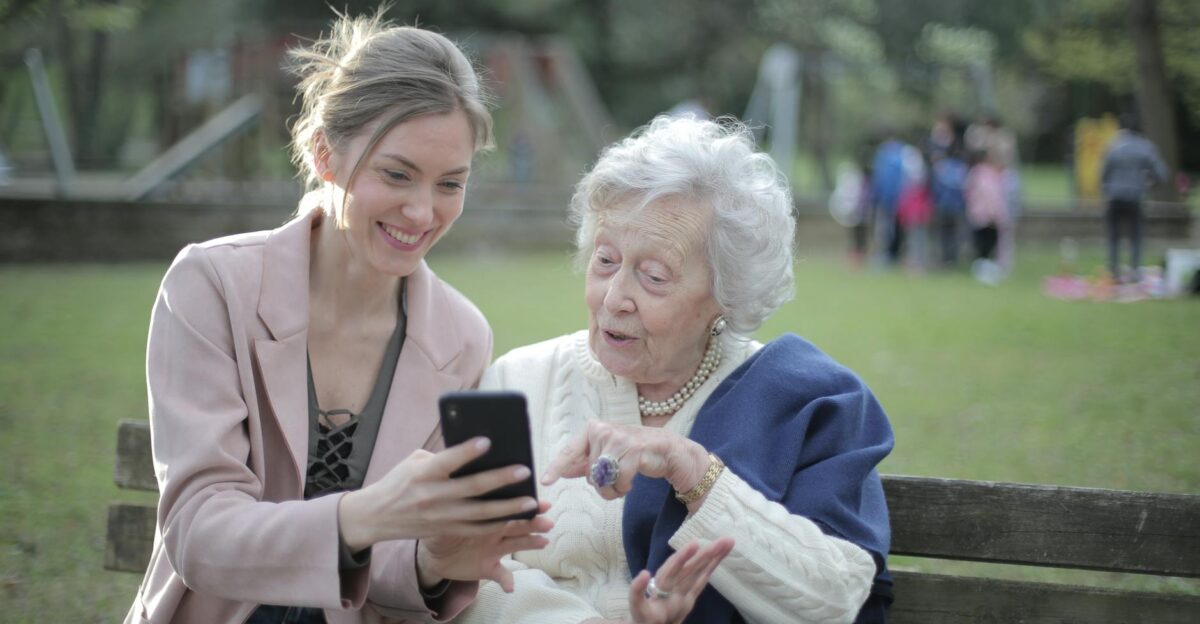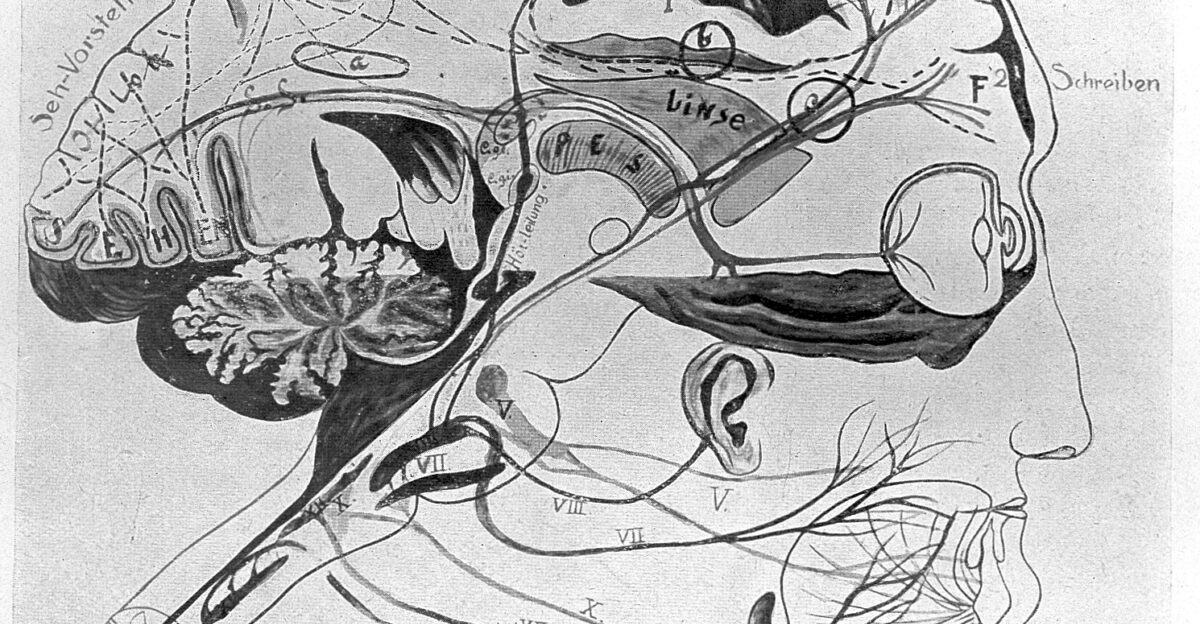
Frontotemporal dementia, often called a younger person’s dementia, changes far more than memory. It affects how someone thinks, communicates, and even who they seem to be. Bruce Willis’s family revealed in early 2023 that he had been diagnosed with this condition after initially believing he faced aphasia, CNN reported.
According to the Association for Frontotemporal Degeneration, FTD is the most common dementia in adults under 60. Families often mistake symptoms for stress or depression, delaying vital support. Awareness matters because recognition brings time to adapt, seek resources, and support loved ones with dignity.
Bruce Willis’s Family Speaks Out

In announcing his diagnosis, Willis’s family shared that they wanted to raise awareness of FTD, saying in a joint statement that it is a cruel disease many people have never heard of, yet it affects countless families.
His wife, Emma Heming Willis, told People magazine that she saw her role as both caregiver and advocate. “I want people to know what this illness looks like so they can be better prepared,” she explained. Their openness has helped illuminate a disease that often remains in the shadows.
How FTD Differs From Alzheimer’s

While Alzheimer’s primarily damages memory, FTD strikes earlier and alters behavior, language, and personality. That difference can make it more confusing for families, who might expect dementia to appear first as forgetfulness.
Dr. Bruce Miller of the University of California, San Francisco, told The New York Times that FTD “robs people of the very parts of themselves that make them who they are.” For Willis, the earliest public signs were difficulties with communication. His family later explained that his aphasia diagnosis was a symptom of the larger condition.
Why Early Signs Matter

FTD can take years to diagnose because its symptoms are subtle and overlap with other conditions. Dr. Gil Rabinovici, a neurologist at UCSF, explained to CNN that many patients are first told they may have depression, anxiety, or even midlife stress.
Willis’s family described the relief of finally having answers, even though the diagnosis was painful. Knowing the truth allowed them to adapt and focus on quality of life. For families everywhere, recognizing early signs provides time to seek help, build understanding, and protect treasured connections.
The 7 Warning Signs Willis Showed

Over time, Willis experienced changes that his loved ones struggled to understand. Some of these were later identified as classic signs of frontotemporal dementia. His family’s statements to outlets such as People and CNN described difficulties with communication, shifts in behavior, and personality changes that eventually made everyday life challenging.
Experts emphasize that while every case is unique, these are among FTD’s most common warning signs. Recognizing them helps explain what happened to Willis and offers guidance to families watching for similar changes.
1. Struggles With Speech and Language

Willis’s family first announced in 2022 that he had aphasia, a condition that disrupts communication. According to Dr. Keith Vossel of UCLA, aphasia often appears in FTD when the brain’s language centers are damaged. His wife later explained that conversations became difficult, with Willis unable to find words or express himself clearly.
This may have looked like forgetfulness for friends, but it was more profound. Aphasia is one of the most apparent early signs of FTD, and it often causes profound frustration both for the person experiencing it and their loved ones.
2. Personality Shifts

Loved ones noticed uncharacteristic changes in Willis’s personality. Experts say this is common in FTD because the disease affects the frontal lobe, the part of the brain responsible for judgment and social behavior. Dr. Miller explained to The New York Times that people may suddenly become more impulsive, withdrawn, or less empathetic.
While protective of details, his family acknowledged seeing changes in his demeanor. These shifts can be especially painful because they alter the traits and habits that once defined a person’s relationships and identity.
3. Difficulty Understanding Others

Communication problems extend beyond speaking. His family shared that Willis sometimes struggled to process what others were saying. According to the Association for Frontotemporal Degeneration, this is a common issue in primary progressive aphasia, a language variant of FTD. Dr. Rabinovici explained that conversations may become overwhelming, with patients unable to follow simple exchanges.
For families, this can feel like emotional distance, when in reality, it is the illness interfering. Understanding this symptom helps caregivers find patience and new ways to connect through tone, touch, or simple presence.
4. Repetition in Words or Actions

FTD can cause people to repeat phrases, questions, or behaviors. Friends of Willis noticed he sometimes echoed words or leaned on familiar expressions. While his family did not share details publicly, CNN reported that repetitive patterns are a hallmark of the disease. Neurologists explain that the brain’s circuits get stuck, making breaking routines or moving past specific thoughts difficult.
Families often find this puzzling initially, only later recognizing it as part of the condition, and identifying repetition as a symptom allows loved ones to respond with empathy instead of frustration.
5. Withdrawal From Social Life

Emma Heming Willis told People that social gatherings became harder for her husband as communication challenges deepened. According to Dr. Susan Dickinson of the AFTD, withdrawal is common because the effort to interact becomes exhausting. What may look like disinterest is often a symptom of fatigue and frustration.
Families sometimes misinterpret this as depression, but in FTD, the retreat is driven by neurological changes. For Willis, stepping away from Hollywood projects was a visible reflection of this struggle. Recognizing social withdrawal as a symptom can prevent unnecessary blame or misunderstanding.
6. Loss of Inhibition

Some families see unexpected shifts in behavior, such as speaking bluntly or acting impulsively. While Willis’s family has not shared personal details, experts note that this is a common FTD symptom. Dr. Miller explained to The New York Times that damage in the frontal lobe reduces the brain’s ability to filter actions. “The social guardrails come down,” he said.
Loved ones may suddenly be shocked by words or behaviors that seem out of character. Understanding this as a medical symptom helps families respond with compassion rather than judgment.
7. Trouble With Everyday Tasks

As the illness progressed, Willis found managing routines that once came easily more challenging. His family said filming became increasingly complex, with lines harder to memorize and tasks on set more overwhelming. According to the Mayo Clinic, this decline in planning and organization is another sign of FTD.
For families, it may appear as forgotten appointments or difficulty following recipes. What looks like simple mistakes are actually signs of the brain’s executive functions breaking down. Recognizing this shift allows caregivers to provide support with patience and structure.
The Weight of a Diagnosis

When Willis’s family received his FTD diagnosis, they admitted it was heartbreaking. “It is a cruel disease,” they said in their joint statement. Yet knowing the truth offered clarity. Instead of blaming themselves or feeling lost in confusion, they could begin to understand what was happening.
Experts say this moment, painful as it is, often brings relief to families who finally have a name for the changes they’ve been witnessing. A diagnosis also opens doors to resources, support networks, and strategies that make the journey more manageable.
What Experts Want Families to Know

Doctors stress that families should not dismiss sudden behavioral or language changes. Dr. Rabinovici explained to CNN that “the first step is recognizing that something is wrong, and not just chalking it up to aging or stress.” Willis’s diagnosis showed the importance of persistence and advocacy from loved ones who saw the changes.
Experts want people to know that they are not alone when facing FTD. Support groups and specialists can help families adapt, even without a cure. Awareness creates hope through shared experience.
Living With FTD

Willis’s family has spoken about adapting their lives around his needs. Emma Heming Willis said her goal is to focus on joy and presence, cherishing their moments together. Experts say this is key for many families: learning to live in the present instead of focusing only on loss.
Daily routines, music, and gentle activities often become sources of connection. While FTD brings enormous challenges, families can still find meaning, laughter, and intimacy. As one caregiver told The New York Times, “the love doesn’t disappear, it just looks different.”
The Role of Caregivers

Behind every FTD diagnosis is a caregiver’s story. Heming Willis described caregiving as an honor and a responsibility, noting the emotional and physical toll it can take. Experts urge families to seek support, reminding them they cannot do it alone.
According to the AFTD, burnout is common, but community resources and respite care make a difference. Caregivers carry the weight of love and loss but also hold the key to maintaining dignity and connection. As Heming Willis said, “caregiving is not for the faint of heart.”
Why Awareness Matters

FTD may be rare, but its impact is broad. Willis’s story has drawn global attention, sparking conversations that may help countless families recognize symptoms sooner. Dr. Miller noted to The New York Times that awareness leads to earlier diagnoses, allowing for better planning and care.
For many, simply knowing they are not alone brings comfort. Awareness also fuels research and advocacy, pushing for more resources. By sharing his journey, Willis has given a public face to a disease that too often remains hidden.
Research and Hope Ahead

Though there is no cure, researchers are working toward better treatments. According to the National Institute on Aging, studies into genetics and protein buildup in the brain are offering new insights. Clinical trials are exploring medications that could slow progression.
Experts caution that breakthroughs take time but stress that every discovery brings hope. Willis’s family has spoken about wanting his story to increase awareness. In doing so, they are helping drive attention toward research that may one day change the future of FTD.
Finding Strength in Community

For families like the Willises, support networks are essential. Heming Willis often shares messages online about her comfort in connecting with other caregivers. The AFTD emphasizes that talking with others who understand can reduce feelings of isolation. Caregivers learn practical tips, coping strategies, and ways to find moments of joy.
FTD is a disease that affects the entire family, but communities of support help carry the weight. In sharing their journey, Willis’s loved ones remind others that while the path is hard, no one has to walk it alone.
A Legacy Beyond Hollywood

Bruce Willis has been celebrated as an action hero and beloved star, but today, his most important role may be the awareness that his journey brings to FTD. His family’s openness has transformed private pain into public understanding, offering guidance to millions.
For fans, it reminds them that even the strongest figures face vulnerabilities. For families living with dementia, it is proof that they are seen and not forgotten. Willis’s legacy now extends beyond film, helping shine a light on a disease that desperately needs attention and compassion.